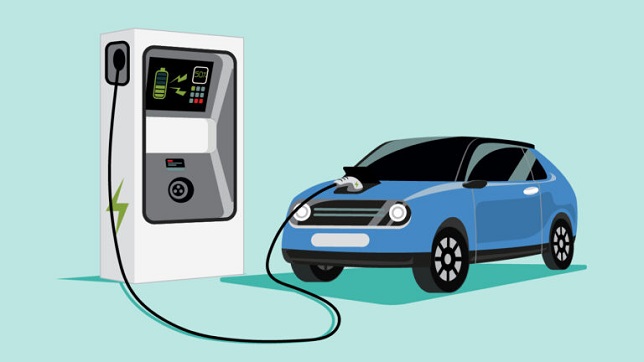Predicting the Top Trends in Electric Vehicle and Charging Station

The advent of electric vehicles has revolutionized the entire scenario of the automobile market across the globe. The governments at present are sheer focusing on the manufacturing of Evs in order to meet their respective renewable energy targets by 2030. The EV Market was valued at 183.23 Billion in 2020 & is expected to whisk at a CAGR of 24.78% to USD 1676.82 Billion by 2030. Also, the electric vehicle charging station market was $9.47 billion in 2020 and is expected to reach $142.46 billion by 2030. Some of the recent trends that are prevailing in the EV market are as follows:
a.) Supply Chain Decarbonisation to be more consumer-driven
It is expected that in future, supply chain decarbonization will be entirely consumer-driven. This means that the consumer demand will determine how much carbon should be removed from the electric vehicle (EV) production chain rather than running under a plethora of policies. In the United Kingdom, it was recently discovered that due to the supply chain decarbonization process, the market share of EVs jumped up to 28.2% in 2022 as compared to 20.4% last year.
b.) Eco-friendly approach
Transportation is responsible for more than 25% of direct carbon dioxide emissions. 45 per cent of these emissions come from passenger cars. The problem with tailpipe emissions might be resolved with an electric vehicle having zero carbon emission.
However, a larger portion of life-cycle emissions is attributable to greenhouse gases produced during the production of battery-electric vehicles. To give an example, automakers use aluminium to create lightweight body designs, with electric vehicles (EVs) consuming 45 % more aluminium than conventional vehicles. Even more, carbon-intensive materials are employed to make the batteries’ main components.
c.) OEMs are actively looking into ways to quickly increase their EV portfolio
The pandemic has intrigued a rising need for personal mobility. Additionally, rising gasoline prices are luring more buyers for electric cars (EV), thereby forcing automakers to dazzle with cutting-edge features. A native, purpose-built architecture called a modular EV platform, which is easier to build, can save up to USD 600 per vehicle, and can also improvise the efficiency of EV manufacturing in the long run. By making EV platforms adaptable, businesses may scale up or down in the production of a specific drivetrain in response to demand. As the company’s exclusive Ultium batteries allow for greater format flexibility, so General Motors’ Global EV platform, which was introduced last year during the pandemic outbreak, possesses high levels of built-in configurability. With its improved design, performance, packaging, and range, this new modular platform may be used to create a variety of trucks, SUVs, crossovers, automobiles, & commercial vehicles.
d.) Increasing the EV driving range & battery capacity
At present, the most daunting challenge that lies ahead is the public acceptance of a certain driving range for EVs. Along with that, the problem of noise energy generated by the EV inverters should also be taken into consideration. For instance, TESLA implemented the usage of co-axial cables in its EVs to improvise the electrical interconnections.
Additionally, the frequency of charging sessions needed by an EV depends on its battery technology. Some electric vehicles have long ranges, while others can travel over moderate distances on a single charge. A research study revealed that a total of 406k MWH worth of EV batteries had been sold in the last ten years, out of which around 34% of these were sold in 2020.
CONCLUSION
Regardless of the value of the supply chain issues, the EV market is continuously striving for growth, fuelled partially by the federal EV tax credit increasing demand and corporations electrifying their fleets. It is crucial to strengthen EV charging infrastructure as EV ownership rises. Some HOAs, management organizations and construction firms are searching for methods to include EV chargers in new development projects due to the rise in the need for EV chargers worldwide. This offers EV specialists the chance to build the infrastructure required to electrify transportation. Some homes are installing solar panels in addition to home chargers to generate the electricity needed for charging.
Published in Telematics Wire




